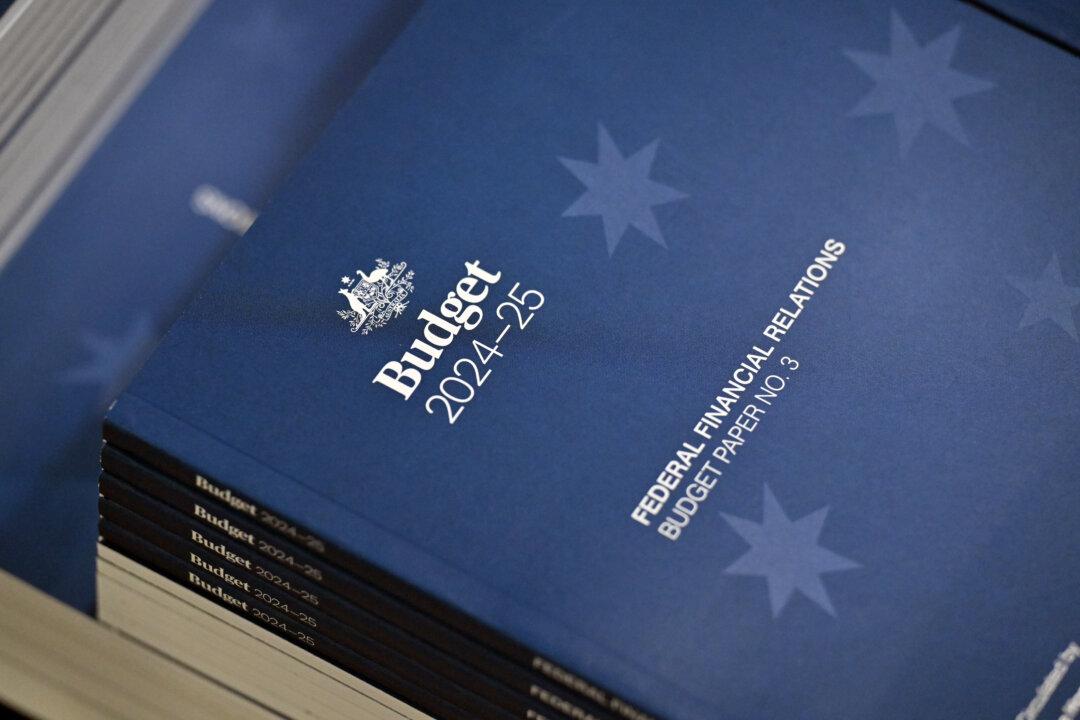Australia’s federal budget will report a $9.3 billion (US$6.14 billion) surplus for the 2023-24 financial year on the back of strong commodity prices.
While the figure is well below the $22.1 billion surplus in 2022-23, it marks the first back-to-back surplus in nearly two decades.





